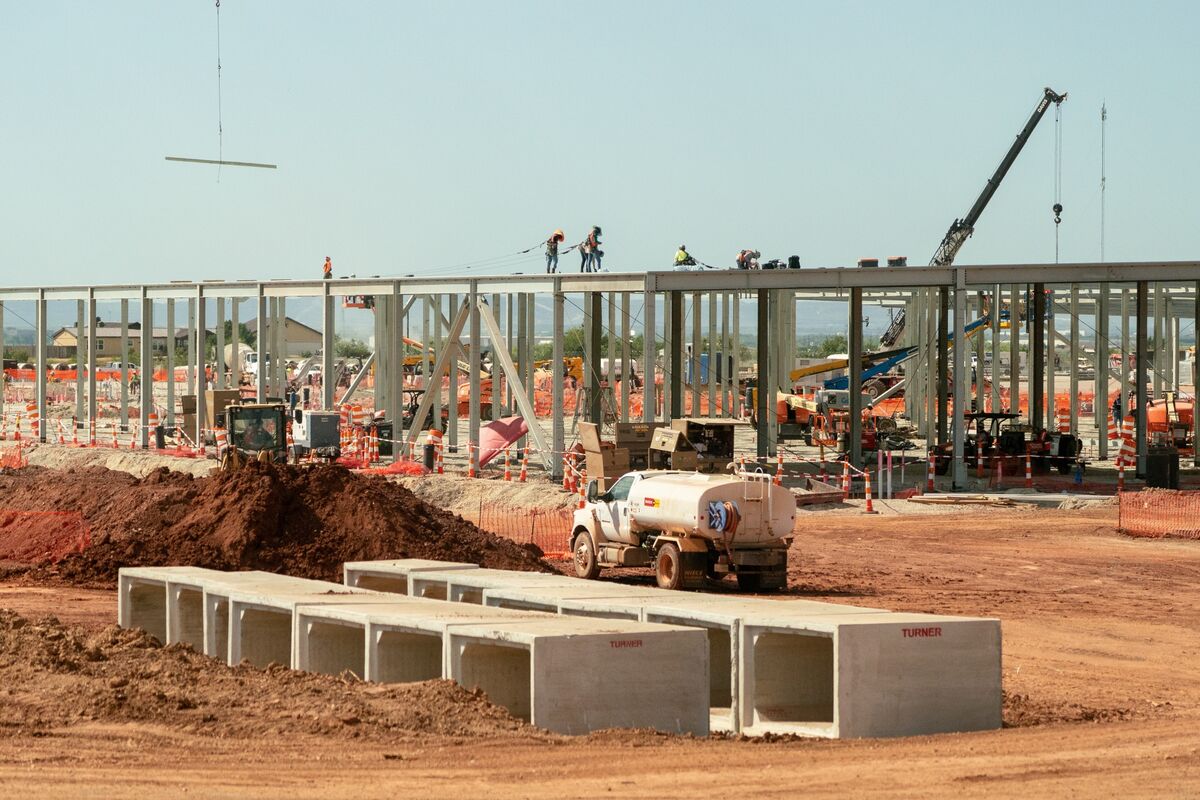OpenAI asked the U.S. government to expand CHIPS Act style tax credits to cover AI data centers, server production and heavy electrical infrastructure. The goal is to lower capital costs, speed onshore compute capacity and support grid upgrades and supply chain resilience.

OpenAI has formally asked the U.S. government to broaden CHIPS Act style tax credits so they cover AI data centers, server production and heavy electrical infrastructure. The request, submitted to the White House Office of Science and Technology Policy in early November 2025, positions tax incentives as a tool to lower upfront capital costs, de risk early investment and accelerate onshore compute capacity.
The CHIPS and Science Act passed in 2022 focused largely on domestic semiconductor manufacturing. Modern AI deployment requires more than chips. AI data centers need high density servers, transformers and specialized power and cooling systems. Those items create large front loaded capital expenditures that can slow data center expansion and domestic server production without targeted AI infrastructure tax incentives and federal support.
Expanding the tax credit could speed data center expansion by reducing the payback period on capital projects, making onshore build out more attractive than relying solely on offshore cloud regions. The policy would aim to boost supply chain resilience, stimulate domestic server production and support GPU supply chain diversification. It also aligns with broader goals for U.S. AI competitiveness and federal AI infrastructure funding.
Policymakers will need to design guardrails so incentives do not disproportionately favor incumbent firms with large tax liabilities. Coordinated action is also required to avoid grid stress and permitting bottlenecks. That is why OpenAI asked for paired grants and cost sharing to accelerate grid upgrades alongside tax incentives. Measuring outcomes for jobs, resilience and domestic manufacturing will be key to political feasibility.
Businesses planning long term AI operations should monitor rule making and funding announcements related to CHIPS Act tax credit expansion, federal support for grid modernization and public private partnerships for AI infrastructure. Conversations on AI policy 2025 will likely highlight AI infrastructure tax incentives, cloud AI compute strategies and the need for sustainable compute that balances scale and local community impacts.
Overall, OpenAIs proposal reframes a semiconductor incentive as part of a broader national strategy to build durable onshore compute capacity and strengthen the AI ecosystem in America.



